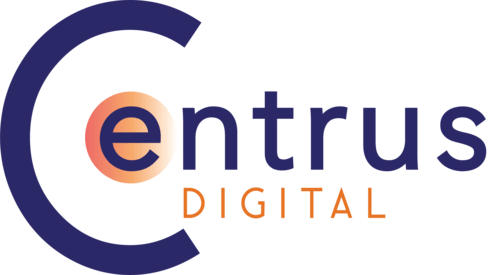Being able to track prospect engagement is a powerful tool utilized by many Pardot users. Multiple scoring categories allow individuals to score prospects based on more than one product or lines of business. These scores can be used to determine where a prospect is in the buying process. It can also create insight into which […]
Category: Marketing Automation
It’s a common story that a company has plenty of leads, and yet somehow doesn’t end up with plenty of sales. You know they’re dropping off somewhere, but you don’t know where, so you can’t fix the problem. Marketing automation (MA) helps you distinguish the pieces of your sales process, and shows you exactly where […]
Did you know that you can add prospects to a list based on their responses-without automation rules? Is your Pardot account flooded with dozens of similar automation rules? Automation rules that take action based on field values? If so, this hack will come in handy. When using a Pardot form, select a field to edit, […]
[vc_row][vc_column][vc_column_text] Cleaning up bad data fields: Have you ever gone into your Pardot instance, only to discover hundreds of sync errors to Salesforce that are preventing your Sales Qualified Leads from actually making their way to sales? If so, you are certainly not alone! Bad data fields are everywhere. There are, of course, many reasons […]
One of Pardot’s key functions is to evaluate and prioritize prospects. Pardot uses two main indicators to do this: score and grade. In layman’s terms, score evaluates how much a customer likes your company. A grade is the opposite: it estimates how much you’ll like a customer. To identify which customers will be a good […]
What is marketing automation? Marketing automation refers to software platforms that allow businesses to more effectively manage marketing tasks such as emails, social media, and others. The software automates repetitive tasks and executes campaigns more efficiently, freeing up time for other tasks. It also helps businesses better qualify leads and close more deals, and thus, […]
Marketing automation is essential to business growth and success. It can be used to manage multiple channels like social media, email marketing, and content marketing more efficiently. You should consider marketing automation if: Your website has heavy traffic, and you are not converting enough leads. You cannot keep up with marketing tasks. You can no […]
You’re reading Email Marketing Success Stories, pt 2 of 2 where we will discuss how automated marketing played a key role in improving Workforce’s sales process. To read part one about Salesforce and how an email redesign improved their lead generation, click here. In “Success Stories: Part 1” a business improved lead generation through a more […]
Effective marketing is personal, which means you want to know a lot about the consumers you are targeting. Typically, this means being familiar with buyer persona: data like age, gender, industry, job title, and company size. But knowing who your buyers are isn’t enough. You must also recognize what it looks like when those customers […]
These days, everything is personal; our experiences on- and off-line are catered to our individual needs and interests. Sometimes it seems like all you do is think about something before relevant ads pop up everywhere you look. You might buy a product online and immediately get an email about a complimentary item. This is marketing […]
